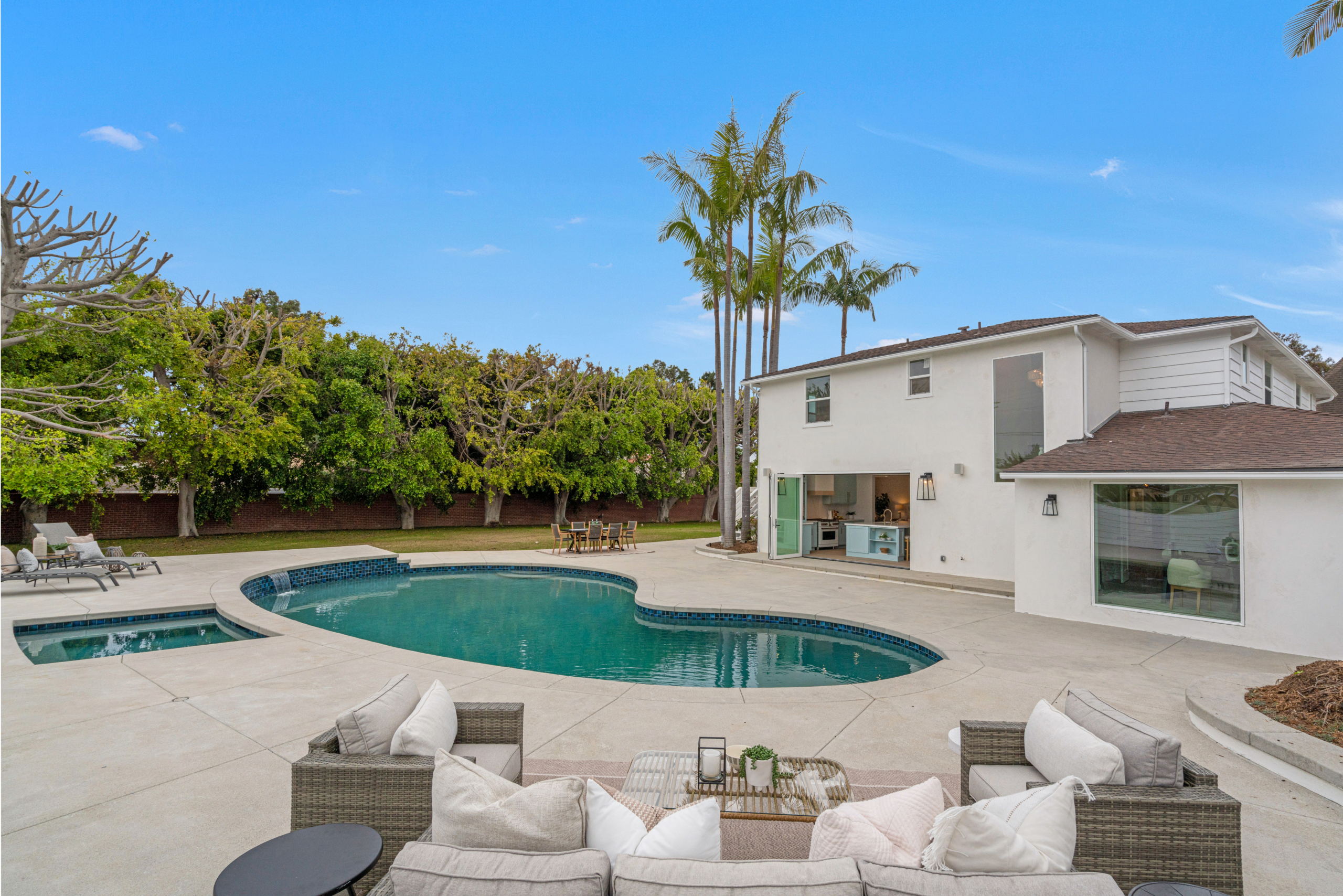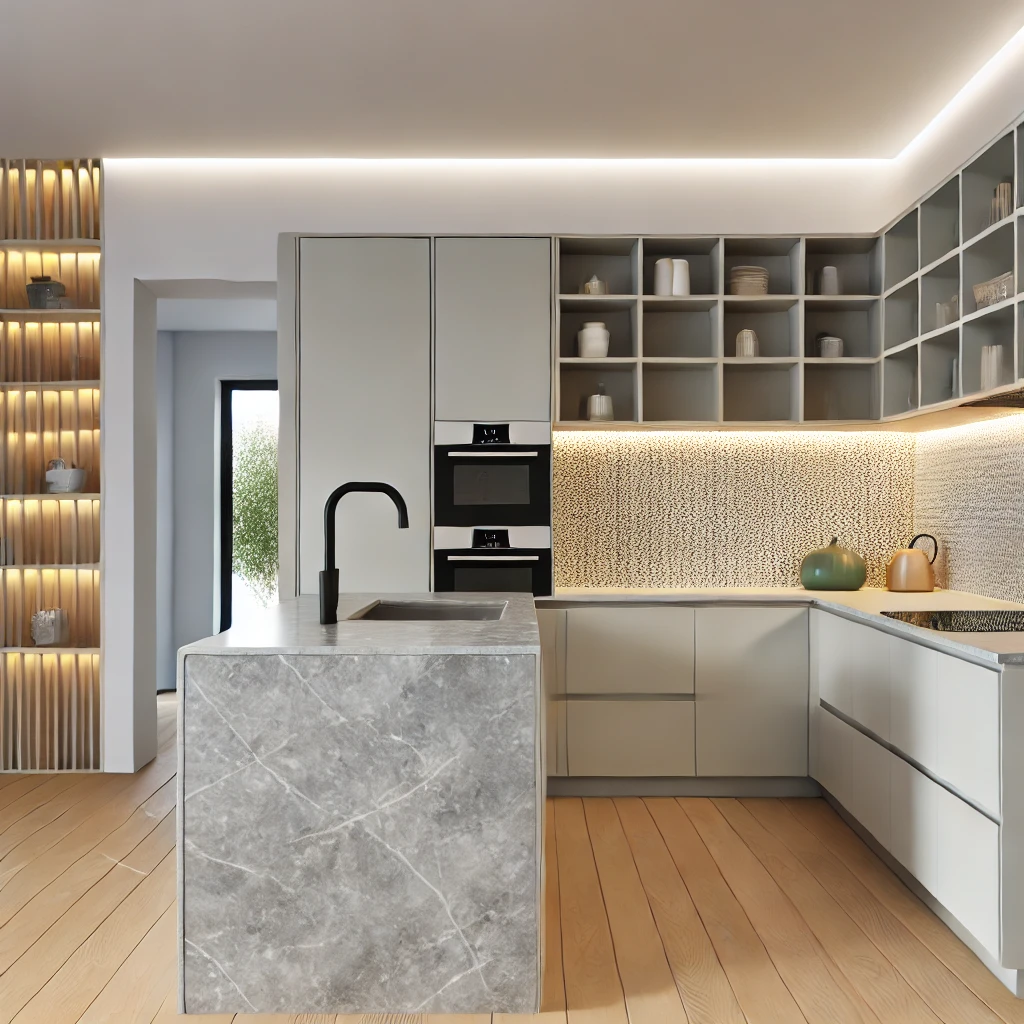Permitting Process for Remodeling in Orange County
Permitting Process for Remodeling in Orange County, CA: What Homeowners Need to Know
Planning an exterior project in Orange County, CA? Whether you’re adding a deck, replacing windows, or building a pool, exterior projects typically require permits to maintain neighborhood standards and ensure safety. Here’s a breakdown of the Permitting Process Orange County.
1. When Do You Need an Exterior Permit?
Orange County requires permits for most exterior projects, including:
- New structures or additions, such as decks, patios, or sheds
- Swimming pools and spas
- Fencing and retaining walls over certain heights
- Exterior renovations in designated floodplains or fire hazard zones
Some minor projects, like fences under 6 feet or private walkways, may not need permits. However, always confirm with the county to ensure compliance, especially if your property is located in a restricted zoning area.
2. Online Permit Application
All permit applications for exterior projects can be submitted online via the myOCeServices portal. Register for an account, then complete and upload your project application and relevant documents. Depending on the complexity of the project, you may need to include site plans, elevation drawings, and a grading plan if applicable.
3. Plan Check and Review Process
After submitting your application, county staff will review it for compliance with local regulations, including zoning, structural safety, and environmental guidelines. For larger projects, such as swimming pools or building additions, more extensive reviews may be necessary to confirm that your project aligns with all codes. If corrections are needed, you’ll be notified via the portal, allowing you to revise and resubmit quickly.
4. Receiving Permit Approval and Issuance
Upon approval, the permit will be issued through the portal, allowing you to start construction. It’s important to review the permit’s details, as it specifies requirements for inspections and any special conditions that must be met. If your project is in a floodplain or fire hazard zone, additional requirements may apply to ensure safety and compliance with environmental regulations.
5. Scheduling Inspections
For exterior projects, Orange County requires inspections at various stages to verify that construction meets code. Schedule inspections as each phase completes—whether it’s framing, electrical, or final finish—by submitting requests through the portal. Each inspection provides a record of compliance, ensuring your project aligns with approved plans and county standards.
6. Historic and Environmental Considerations
Projects in historic districts or environmental zones, like floodplains, may require additional permits or certificates. If your home is located in a designated historic area, you might need a Certificate of Appropriateness before modifying the exterior. For projects in floodplains or fire zones, consult with county planners to understand additional safeguards or design restrictions that may be necessary.
Finalizing Your Permit
Once the final inspection is complete and approved, your permit will be closed out, signifying that the project meets Orange County’s construction and safety standards. This record is valuable for future property sales or refinances, as it confirms the project was completed to code.
By understanding the Orange County permitting process for exterior projects, you can ensure that your project is compliant, safe, and adds value to your property. Whether you’re building a pool, installing new fencing, or creating an outdoor living area, following these steps will help make your renovation a success.
Orange County’s mild climate makes it ideal for year-round outdoor living, so consider features that enhance comfort in all seasons. Adding elements like a pergola or retractable awning over seating areas provides shade on hot days, while outdoor heaters can extend the usability of the space during cooler months. Fire pits or fireplaces not only add warmth but also create a cozy focal point for gatherings. Incorporating drought-tolerant plants and efficient irrigation systems supports sustainable landscaping, preserving the lush California aesthetic while being mindful of water use. These thoughtful design.
Luckily painting doesn’t require any of this. check out our blog on The 10 Best Mid-Century Modern Exterior Paint Colors in Los Angeles.



